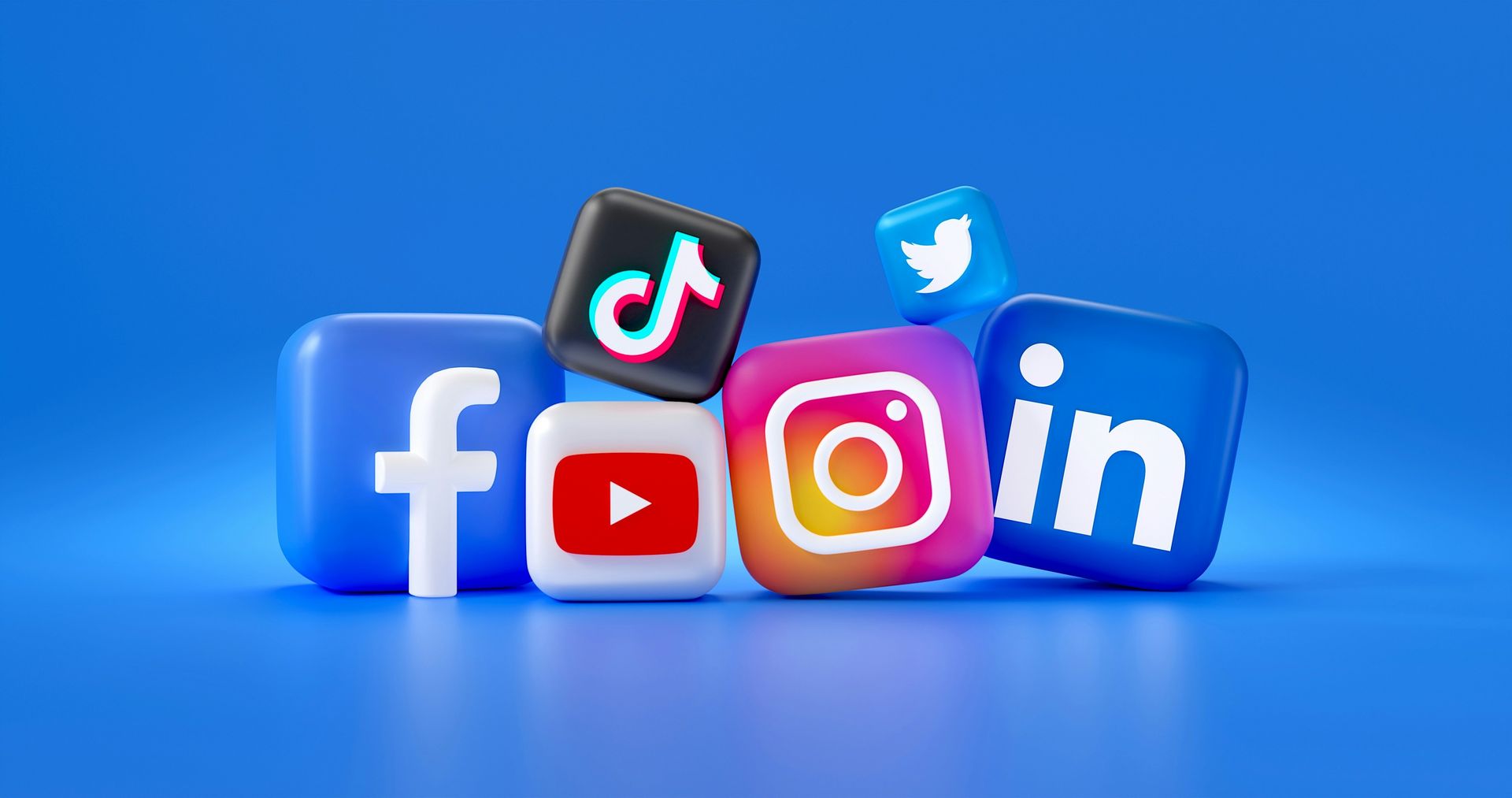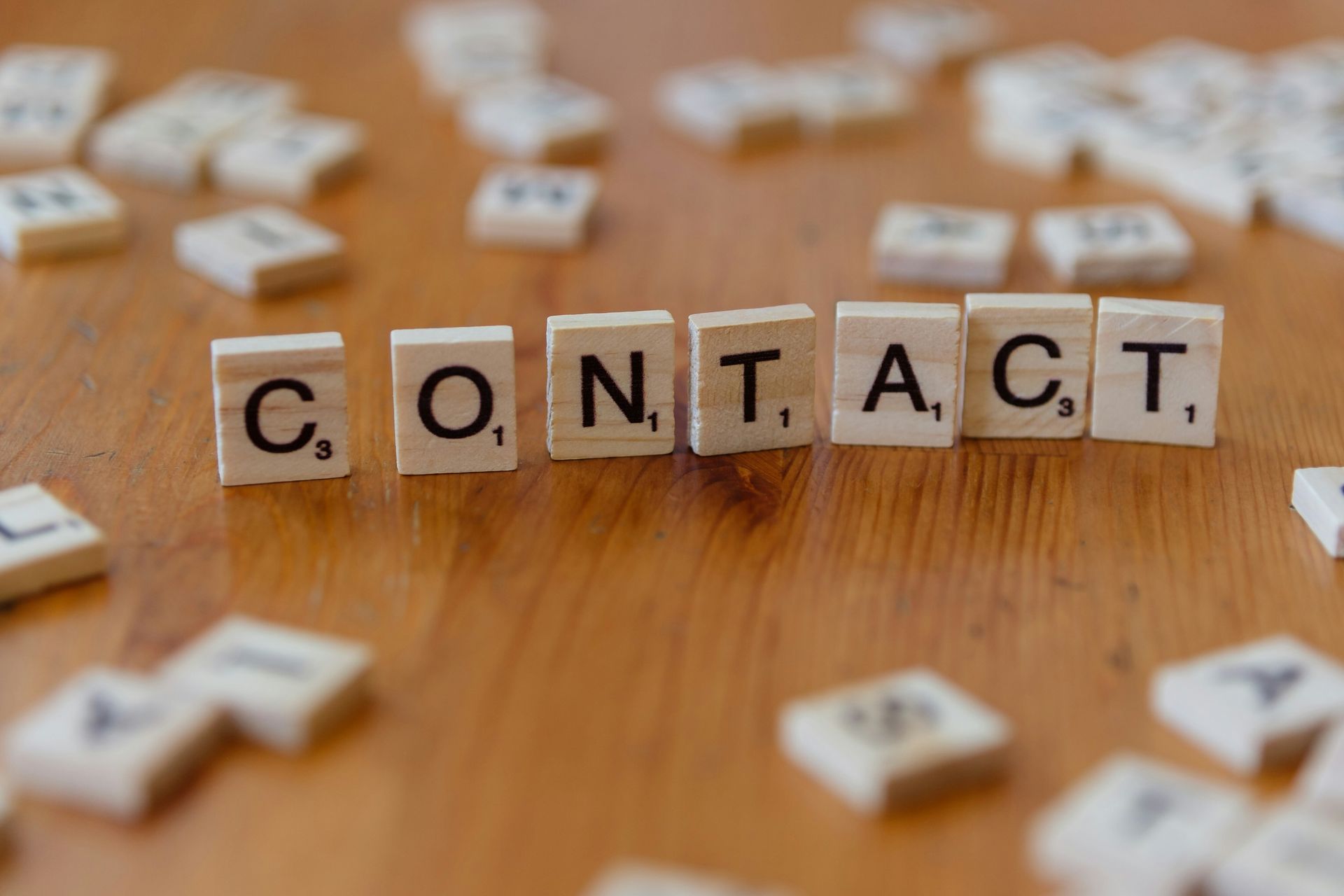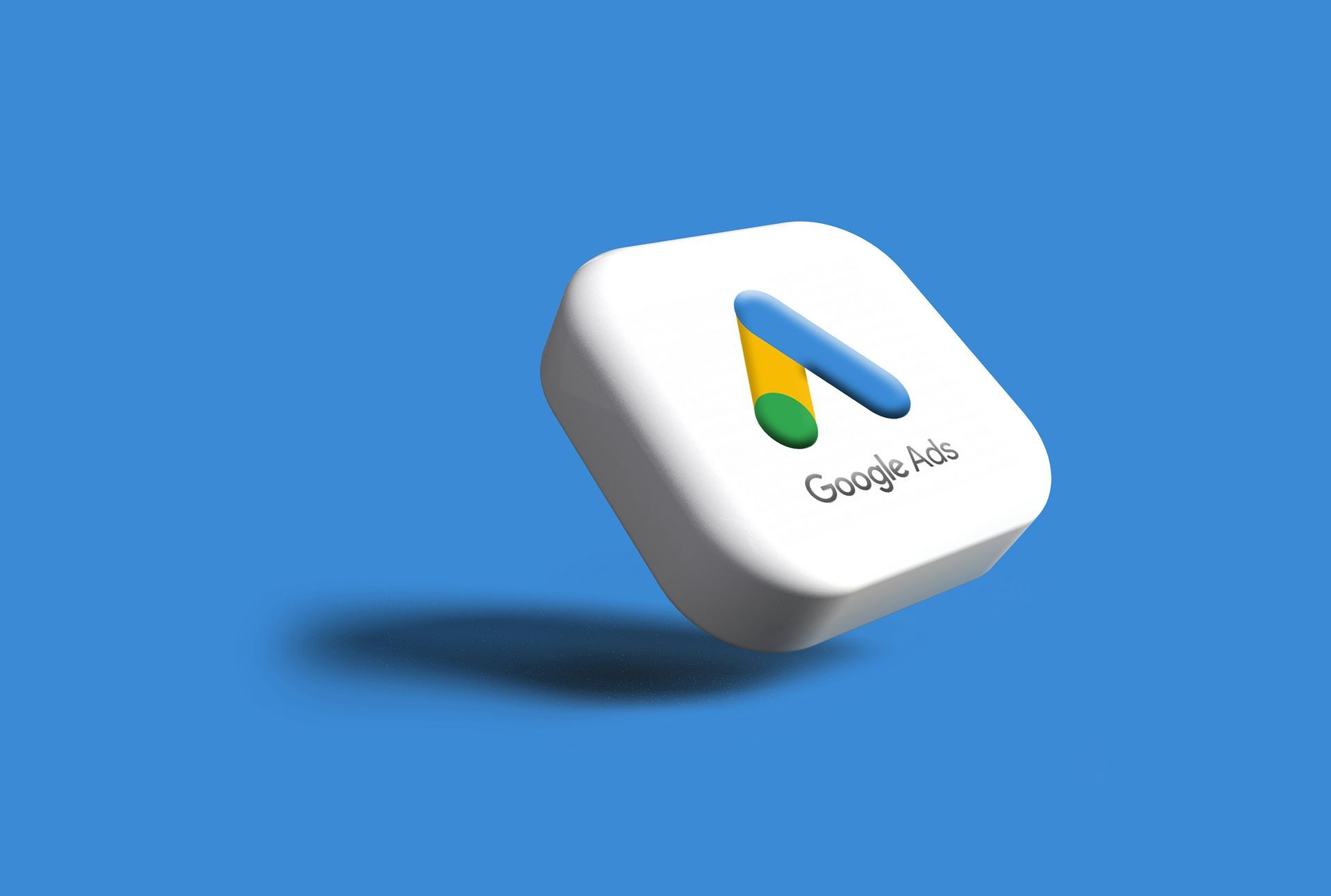Personalization in Marketing: How to Deliver Tailored Experiences at Scale

In today’s digital landscape, customers expect personalized experiences. Personalization in marketing goes beyond addressing people by their first names — it’s about delivering relevant content, products, and messages that align with individual needs and behaviors. But how can businesses achieve personalization at scale without compromising quality?
In this article, we’ll explore the power of personalization, strategies to implement it effectively, and how Marcom.eu can help you create tailored marketing experiences. Request a free quote or schedule a personalized demo to see how we can transform your marketing.
What is Personalization in Marketing?
Personalization in marketing is the process of tailoring content, offers, and communications to individual customers based on data such as demographics, interests, past interactions, and behavior. Rather than a one-size-fits-all approach, personalization focuses on delivering the right message to the right person at the right time.
When done correctly, personalization:
- Enhances customer satisfaction
- Increases engagement and conversions
- Strengthens brand loyalty
- Drives higher ROI on marketing efforts
Why Personalization Matters More Than Ever
1. Customers Expect Personalization
According to research, 80% of consumers are more likely to buy from brands that offer personalized experiences. Customers expect relevant recommendations, tailored content, and communications that reflect their preferences.
2. Boosts Engagement and Conversion Rates
Personalized emails deliver 6x higher transaction rates than generic messages. Whether through customized emails, targeted ads, or personalized product recommendations, tailored content encourages action.
3. Builds Trust and Loyalty
When brands show they understand their customers, it fosters trust. Personalized experiences make customers feel valued, enhancing loyalty and repeat business.
4. Reduces Marketing Waste
With personalization, your marketing efforts are laser-focused. Instead of broadcasting generic messages, you target individuals who are genuinely interested, reducing wasted resources.
Need help implementing a personalized marketing strategy? Request a free quote from Marcom.eu today!
Key Strategies for Effective Personalization
1. Collect and Leverage Data
Data is the foundation of personalization. Collect information through:
- Website interactions
- Purchase history
- Email engagement
- Social media activity
Use Customer Relationship Management (CRM) tools to organize and analyze this data for deeper insights.
2. Segment Your Audience
Divide your audience into segments based on shared characteristics such as age, interests, or buying behavior. This allows you to tailor your messages to different groups effectively.
3. Use Dynamic Content
Dynamic content adapts to each user’s profile. For example:
- Personalized emails that recommend products based on past purchases
- Landing pages that change content based on visitor demographics
- Dynamic ads that display products relevant to the user’s behavior
4. Behavior-Based Automation
Implement marketing automation to deliver personalized messages based on user behavior. For example:
- Abandoned cart emails to remind customers to complete their purchase
- Follow-up emails after a customer views specific content
- Birthday or anniversary offers for loyal customers
5. AI and Machine Learning
Artificial Intelligence (AI) and Machine Learning (ML) enhance personalization by analyzing large data sets to predict customer behavior and preferences. Tools like recommendation engines can suggest products tailored to individual tastes.
Want to explore AI-driven personalization? Schedule a free demo with Marcom.eu to see how we can help!
Personalization Across Marketing Channels
1. Email Marketing
Personalized email campaigns can:
- Greet users by name
- Offer product recommendations based on past purchases
- Share tailored content based on customer interests
2. Social Media Marketing
Use personalization on platforms like Facebook, Instagram, and LinkedIn by:
- Running targeted ad campaigns
- Personalizing social media messages
- Engaging with followers based on their preferences
3. Website Personalization
Dynamic website content can:
- Show different homepage content based on visitor demographics
- Display personalized offers or banners
- Recommend products based on browsing history
4. Paid Advertising (SEA)
Personalized ads, such as retargeting campaigns, can remind users of products they viewed or suggest complementary items.
Challenges in Delivering Personalization at Scale
1. Data Privacy and Security
With personalization comes responsibility. Ensure you comply with regulations like GDPR and protect customer data to maintain trust.
2. Balancing Personalization and Automation
Automation makes scaling easier, but it’s important to balance efficiency with genuine, human-like interactions.
3. Avoiding Over-Personalization
Too much personalization can feel invasive. Focus on adding value rather than overwhelming your audience.
Need expert guidance on overcoming these challenges? Contact Marcom.eu for a personalized consultation.
The Benefits of Partnering with Marcom.eu
At Marcom.eu, we specialize in creating personalized marketing strategies that drive results. Our services include:
- SEO Optimization: Tailoring your content to reach the right audience.
- SEA Campaigns: Personalized paid ads for maximum impact.
- Social Media Marketing: Customized social media strategies to boost engagement.
- Web Development: Building dynamic websites that adapt to user needs.
Request a free quote or schedule a personalized demo to explore how we can help you implement personalization at scale.
Conclusion
Personalization in marketing is no longer optional — it’s essential for building meaningful connections with your audience. By leveraging data, automation, and AI, businesses can deliver tailored experiences that drive engagement, loyalty, and conversions.
Partner with Marcom.eu to take your marketing personalization to the next level. Request a free quote or schedule a demo to see how we can help you succeed in the evolving digital landscape.
ALL OUR OTHER NEWS:







